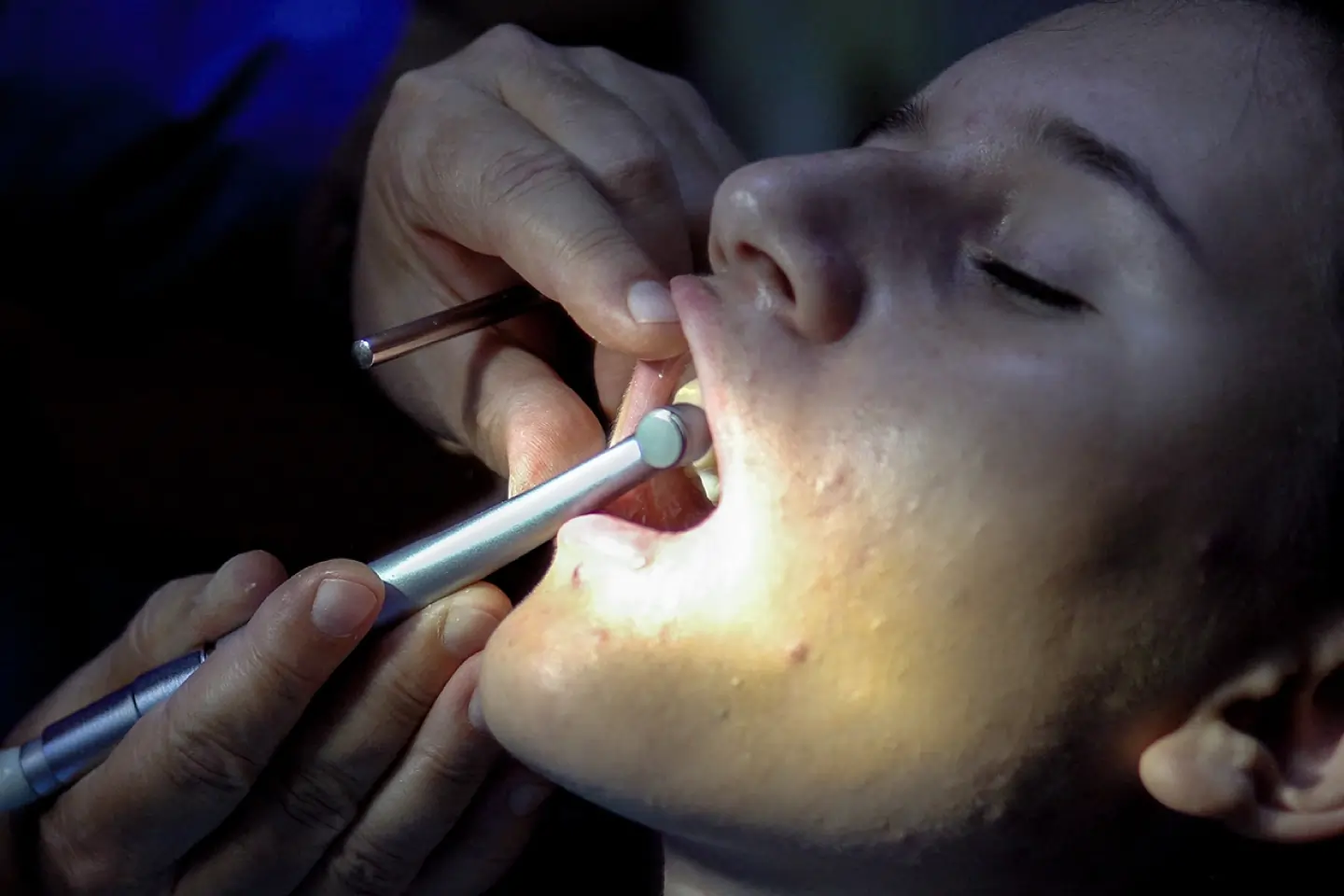Apicoectomy
Nov 25, 2023

Root canal therapy is often enough to treat infection in the inner tooth successfully. If pain or inflammation returns, however, these symptoms can indicate a new or recurring infection. In such cases, an apicoectomy is a common surgical procedure used to save the tooth and restore the health of the surrounding bone and gum tissue.
Every tooth contains pulp tissue, both inside the crown above the gum line and in the canals within the roots. These canals are small tunnels that travel from the pulp chamber in the crown to the tip of each root.
Nerves and blood vessels connect pulp tissue to the nervous and circulatory systems in the body, entering and exiting the tooth from very small openings in the root tip. An infection in the root pulp can spread to the gum and bone tissue around it through these openings.
An apicoectomy, also known as a root-end resection, is the surgical removal of the apex, or tip, of a tooth’s root. This allows your dentist to access and remove any damaged and infected tissue within and around the root. Apicoectomies are common endodontic surgeries performed with state-of-the-art diagnostic and surgical tools.
- Often, local anesthesia is all that is needed. If you are interested in sedation, discuss your options with your dentist. Once the area around the root is numb, an incision is made in the gum tissue to allow access to the root and any affected bone tissue.
- Your dentist will carefully remove a few millimeters from the tip of the root, then clean the infected part of the root and remove any inflamed or infected tissue from the bone surrounding it. The root will be filled, and the tip sealed.
- Sutures will be used to close the incision, which will dissolve on their own or be removed at a follow-up visit.
- Your dentist will let you know just how to take care of the site after surgery. You should follow post-op instructions carefully to reduce any swelling and be sure to follow any dietary suggestions and restrictions.
- Pain or sensitivity after the procedure can be treated with over-the-counter anti-inflammatory pain relief such as ibuprofen, or your dentist might prescribe prescription pain relief. Your dentist will also prescribe antibiotics as necessary to treat infection.
Most often, an apicoectomy is performed when infection occurs after a root canal procedure. (Your dentist may also recommend this procedure if you have calcium deposits in the root, if a crown or bridge makes a typical root canal impractical, or if the root of a tooth or the bone around it suffers trauma.) Common symptoms of infection include:
- Pain which can be mild or very intense
- Sensitivity to pressure or temperature
- An abscess, pus, or discolored discharge near the tooth
- Swelling, redness, or tenderness in the gums and tissues around the tooth
- A foul taste in the mouth or persistent bad breath
If you have recurring or new pain or symptoms of infection after a root canal, see your dentist promptly. Left untreated, infection can destroy tooth, gum, and bone tissue. An apicoectomy can be your best option to preserve your tooth and protect your dental health.
Apicoectomy (Endodontic Surgery)
An apicoectomy is performed after an unsuccessful root canal. When an infection will not go away or returns after a root canal has been performed, this procedure is usually necessary. There are many nerves that may contain the infected tissue, so it is difficult to ensure that all of the infection is removed during a root canal. During an apicoectomy, the tip of the root of the tooth is removed and replaced with a filling.
In most cases, a second root canal is considered before an apicoectomy since it is a simpler, less invasive procedure. Before the apicoectomy begins, you will be given a local anesthetic to numb the area. The doctor will start by making an incision in your gum to expose the root of your tooth. Any inflamed tissue will be removed to clean out the area. The surgery takes place in a very small area, and only a few millimeters are removed from the root. For this reason, the doctor will use magnification and small precision instruments to perform the surgery. The precise nature of the surgery gives it a high rate of success. After the root is removed, a filling is placed, and the gums are sutured. Depending on the type of sutures, you may have to return in a few days to have them removed, or dissolving sutures may be used instead. Over the course of the next few months, the bone will heal around the root.
Contact Us
We encourage you to call us at (209) 924-4089. For directions to the office, please click the map below. If you have any questions or comments, please feel free to get in touch.
Ripon Dental
1222 W Colony Rd, Suite 140, Ripon, CA 95366 US
Proudly Serving: Ripon, Manteca, Salida, Modesto, Riverbank, Del Rio and other surrounding communities.
Schedule Your Visit!
*First Name
*Last Name
Your Email
*Phone Number
*Preferred Appointment Date & Time
*Comments
I allow this website to store my submission so they can respond to my inquiry. (Requested time is not final until you receive confirmation from our office)







